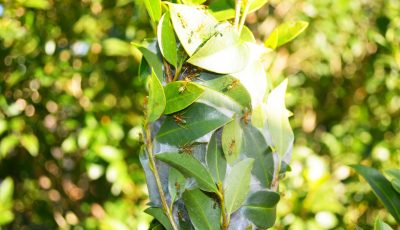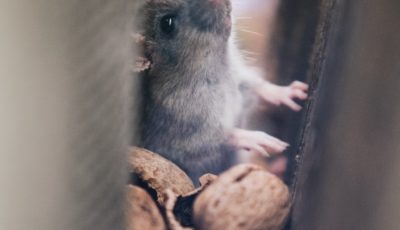Top 9 Causes Of Household Pest Infestation
Your house should be a comfortable place for you and your family. However, for certain reasons, it might serve as a haven for pests, too. Such a circumstance, called pest infestation, is one of the worst things that some homeowners encounter. They’re not only unsanitary but also hard to get rid of.
Do you think there are pests around your house? If you want to confirm if your house is a home with bugs, termites, or cockroaches, you need to conduct inspections. You can check this recommended site to learn the signs of pest infestation. Once confirmed, you may then conduct pest control.
However, if you truly want to prevent this issue from the start, you must first understand what causes it. In that case, below is a list of the most frequent causes of household pest infestation.
Pests Need Shelter, Too
Pests usually move indoors when the temperature drops or the rain becomes too heavy. They can fit through the tiniest of openings, including those in your home’s foundation, around windows and doors, in your home’s plumbing, sewage lines, and drains. Even in cardboard boxes, roaches like to raise their families, and rats like to utilize them to nest.
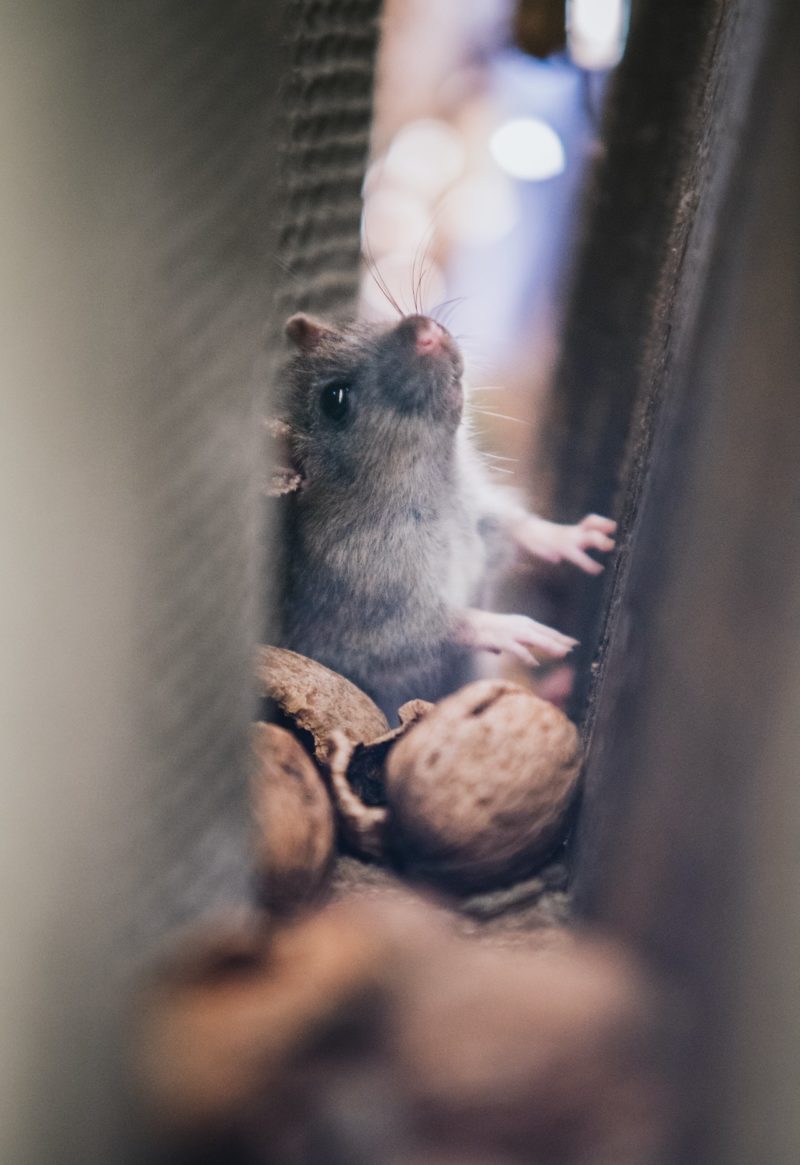
Accessible Food
Rodents are nocturnal and can survive for months eating scraps and crumbs. So, do you have a pet who barely finishes its food? Rats and mice may indulge in your pet’s food bowls, helping themselves to an endless supply of food. And when there are lots of food leftovers and dishes abandoned in your sink after meals or allowed to pile up over several days, they might consider it a feast.
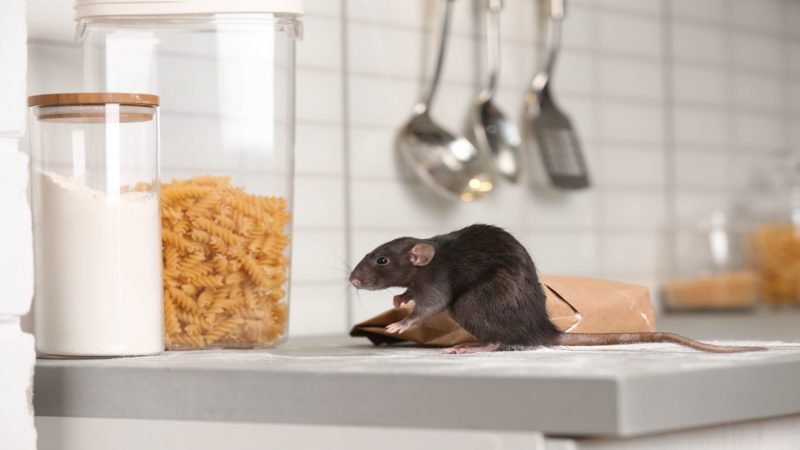
Standing Water
Standing water, such as that in your pet’s water bowl or the dripping water from a leaky faucet in your bathroom, is like a park to household pests. It’s because, like humans, even the tiniest bugs also need water. And pests get water from faucets, sinks, bathrooms, and shower rooms. Compared to natural water sources, these are far more convenient for them.
Nesting Places
Pests infest dwellings mostly because they’re looking for somewhere to make their nests. Your house is perfect for them since it’s dark, dry, warm, and secure. It’s a secure and lasting place for them to settle down. Compared to the outdoors, where the scenery is always changing and the weather gets severe, the comforts of your home just make a better nest for pests.
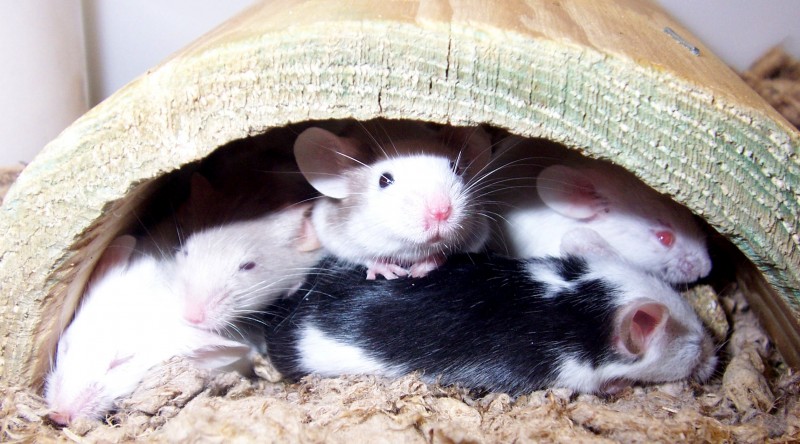
Pests Need To Hide From Predators
Predators are a dominant contributor to pest infestation; their presence encourages pests to infest houses. As you would imagine, outdoor pests have to defend themselves from insectivorous predators continuously. It includes not just wasps and spiders but also birds of prey like owls and mammals like weasels. Since such predators aren’t present in your house, they get inside.
Poorly Kept Rain Gutter Systems
A dirty gutter system also attracts unwanted critters into your house. It’s because when your gutter systems are blocked, they attract bugs. All those fallen leaves and other bits of yard waste can eventually clog up your gutter, providing the ideal environment for a colony of pests. Aside from that, mosquitoes are attracted to areas where there are water pools. Thus, poorly maintained gutters invite pests to your house.
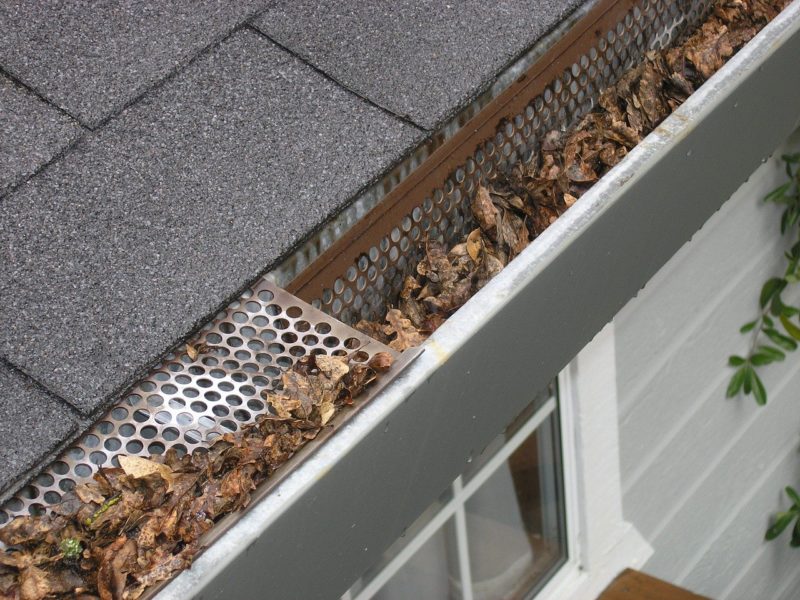
Stockpiled Logs
Pests can easily create a home in the stacks of firewood you store. When bugs get into your house, stored firewood gives them a warm, dry place to live and grow.
And to avoid this, it may be advisable to construct an elevated structure to store logs. Also, avoid storing your firewood near the forest or wooded areas. Pests may readily move from trees to your pile of woods. In addition, keep the wood dry at all times and ensure that it’s stored at least five feet far from your house.
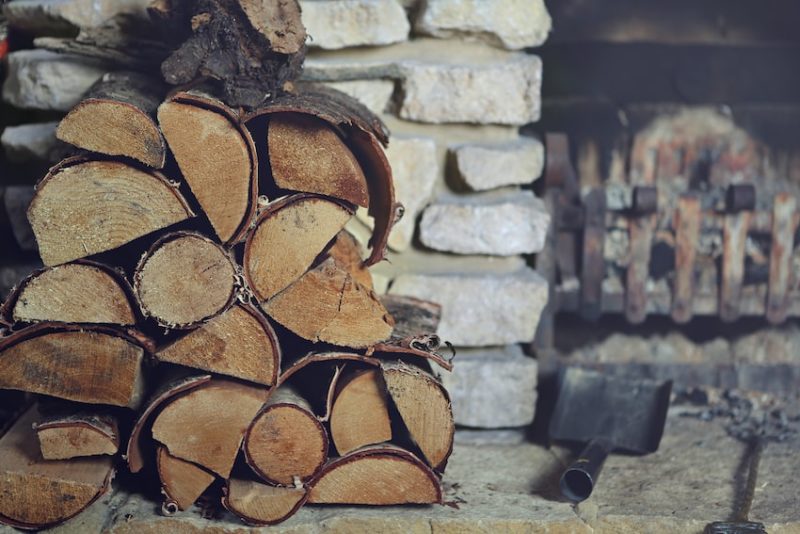
Holes And Cracks
Pests can also enter through the cracks and gaps around your home. Hence, it’s important to look over your property sometimes and fill in any holes or cracks you see. If you live near a shrub, rats can enter your home through those gaps. You’ll need professionals’ help in patching the gaps and clearing the shrubbery around your house.
Unsanitary Environment
The most favorable habitat for pests to grow is an untidy environment. But if you strive to keep your home clean and orderly, you could prevent all the stress that comes with pest infestation since pests are less likely to be active in such a setting. It’s also best practice to keep food items, surfaces, and furnishings clean and organized. Bathrooms and laundry rooms must also be kept tidy and dry to limit the likelihood of pests growing in your house.
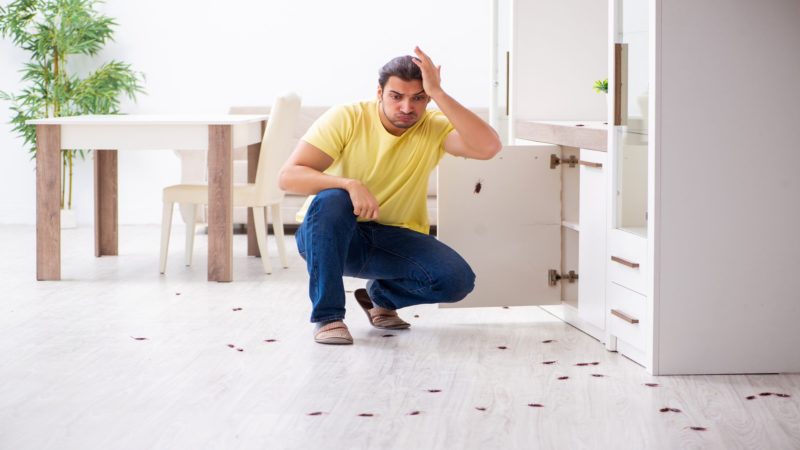
Final Thoughts
Pests are drawn to your home for a plethora of reasons. They, after all, have the same basic needs as humans: food, shelter, and water. Nevertheless, with regular cleaning and upkeep surroundings, you can inhibit pest infestations in your house. If you see even the smallest evidence of these critters in your place, you should seek immediate help from experts.


